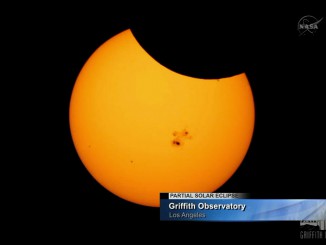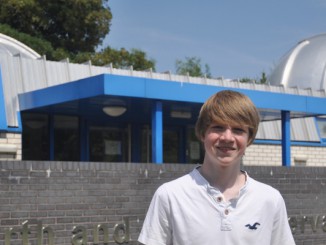
During CMEs, billions of tonnes of solar material are thrown out into interplanetary space at speeds of up to 2,500 kilometres per second. If directed at Earth, these eruptions can cause extensive and expensive disruption by damaging power, satellite and communication networks.
“All current CME tracking services rely on flat images from only one coronagraph to estimate the speed and acceleration of the eruption,” said Hutton. “Predictions are based on the hugely inaccurate assumption that the CME is always travelling at a right-angle to the observation, when it could actually be propagating in any direction.”
ACT works by bringing together data from coronagraph instruments on Solar and Heliospheric Observatory (SOHO) and the twin Solar Terrestrial Relations Observatory (STEREO) spacecraft. By isolating the CME signals in the data captured by the three coronagraphs, ACT is able to triangulate the position of a CME and determine the most likely region through which it passed at a given height above the Sun. The centre of this region gives the most likely direction that the CME will propagate in three-dimensions, as well as a reliable estimate for the size of the eruption.
“Using ACT, scientists can use the direction of CME travel to calculate true values for the velocity and acceleration of the eruption. They can also make accurate calculations for the total mass the of solar material that makes up the CME. By knowing the velocity and mass of the eruption we can gauge the impact the CME could have if it were to collide with the Earth,” said Hutton.



